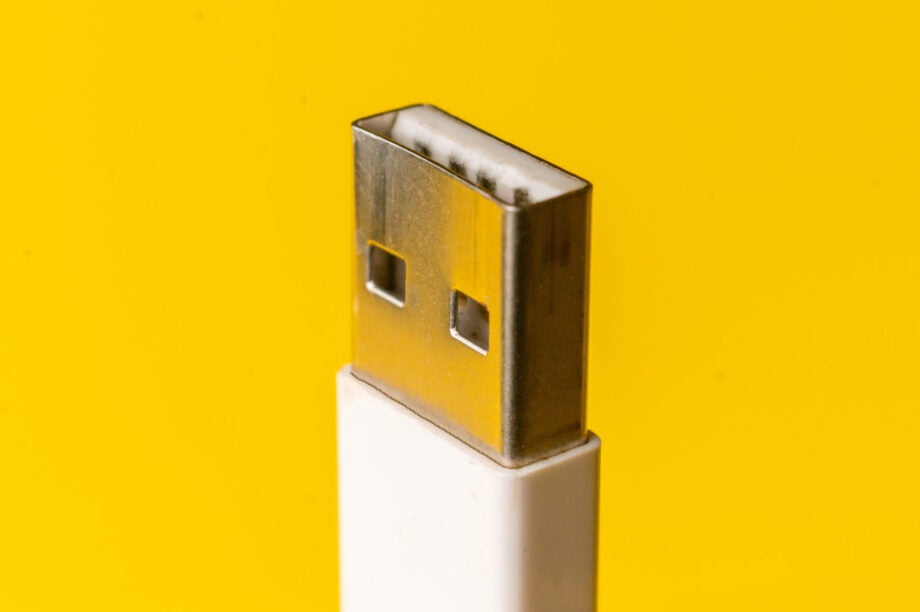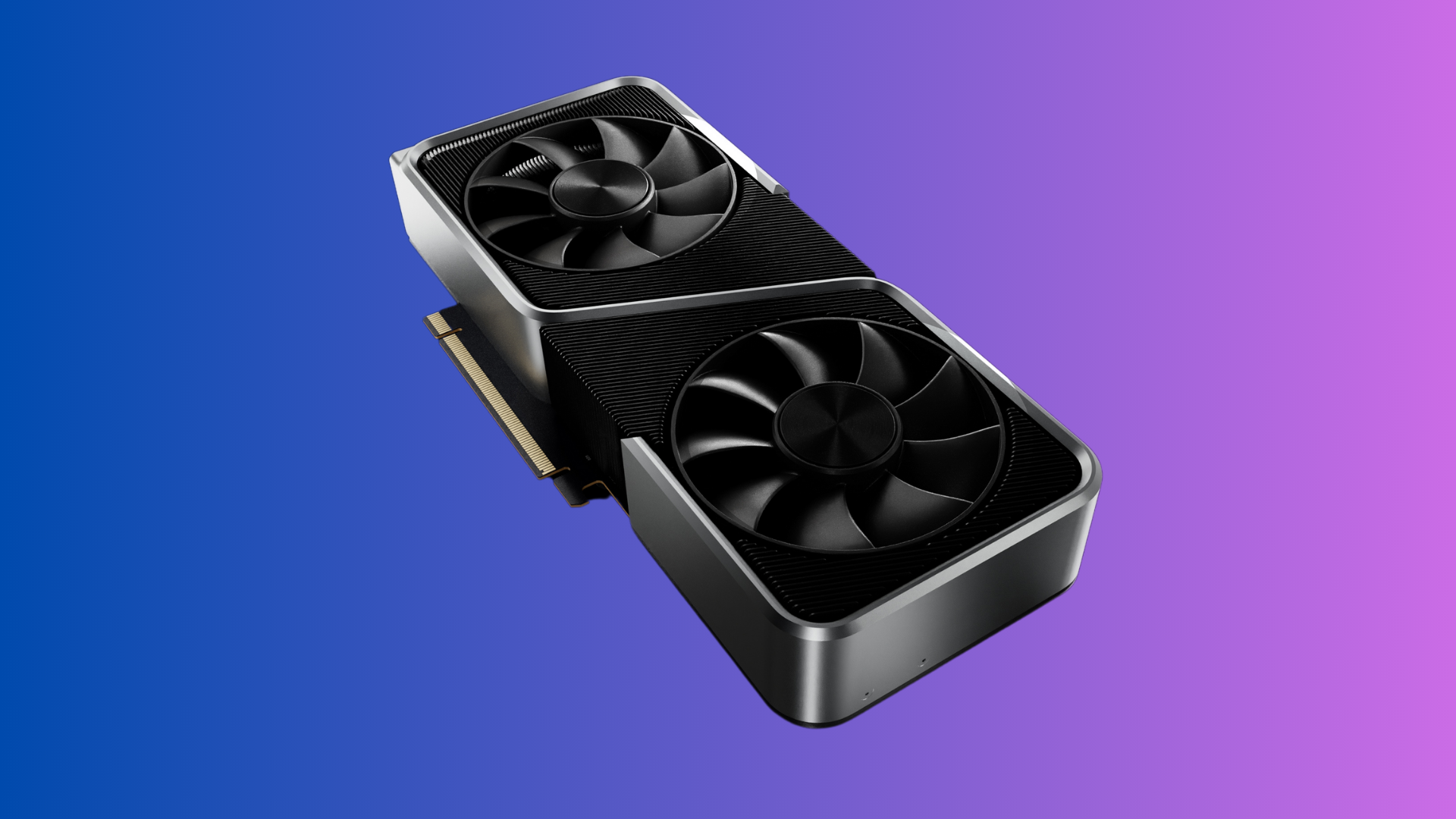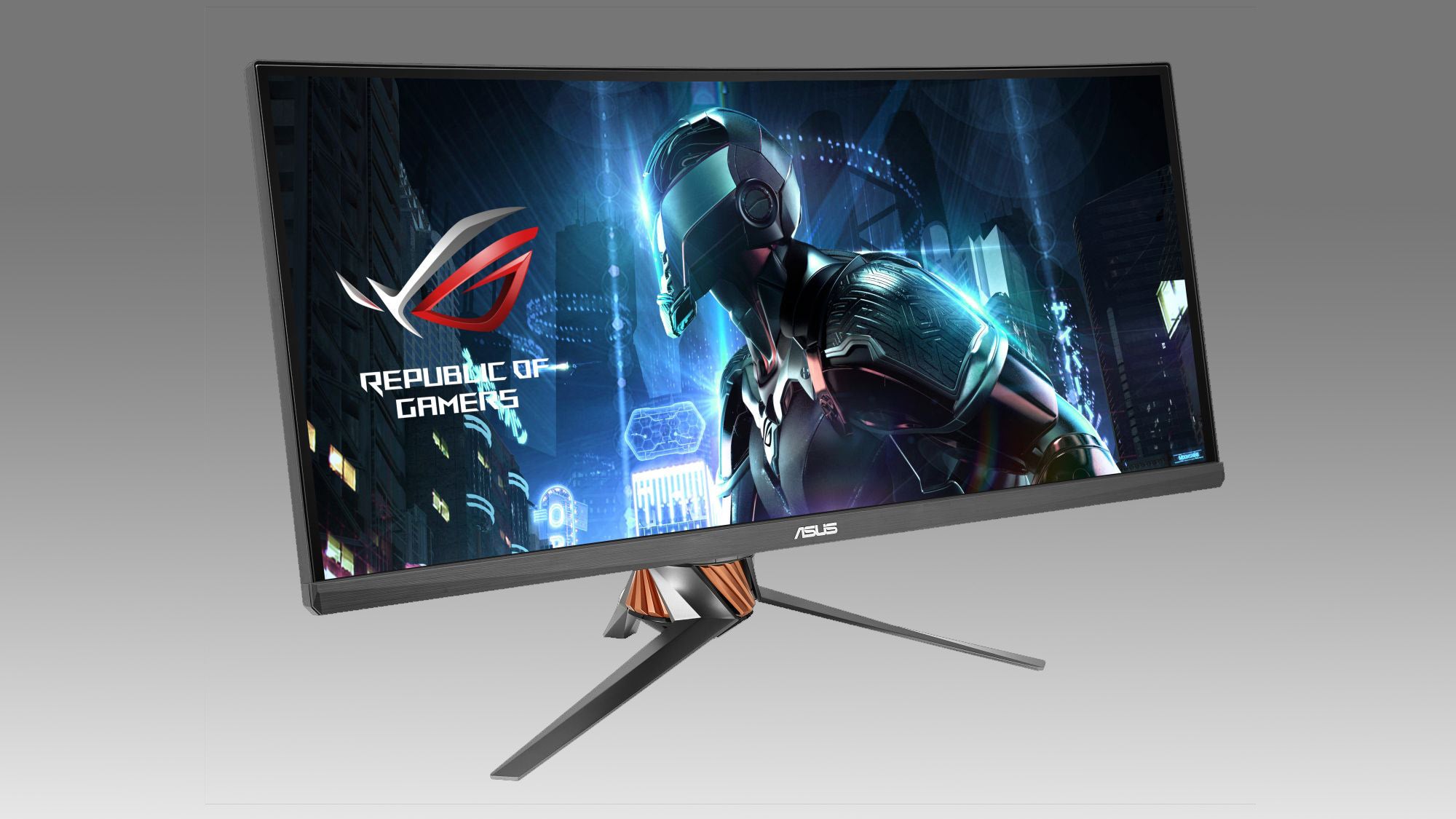What is USB-A? The legacy port explained

USB-A (aka USB Type A) is a common port found on various devices, most noticeably on laptops and desktop PCs. But what benefits does USB-A offer and why should you care?
We’ve created this guide to explain what functionality USB-A provides and how it differs from other common ports such as USB-C, HDMI and more.
What is USB-A?
USB-A is currently the most common USB type, and is found on various devices such as laptops and desktop computers. It can be used for data transfer, such as plugging in an external hard drive or USB stick to back up documents, photos and videos. Most peripherals, such as wired keyboards and mice, use a USB-A connection too.
You can distinguish a USB-A connection from other USB formats via its rectangular shape. It has often been compared to a duck’s bill. In comparison, USB-C uses an oval shape, and so you wouldn’t be able to plug a USB-A cable into a USB-C port, and vice versa.
USB-A is classed as a legacy port, and is slowly being phased out. USB-A is limited to data transfer, while the newer USB-C standard can be used for power delivery and display output too, while also offering faster data transfer speeds.
As a result, many new devices no longer support USB-A. Laptops such as the MacBook Air and Dell XPS 13 do not offer USB-A connections, as manufacturers want to remove the chunky port in order to make portables as slim as possible. That means you’ll need to use a USB-C adaptor if you want to use your old peripherals with such devices.
That’s not to say you can no longer find USB-A ports on modern laptops. Gaming laptops typically feature USB-A since gamers frequently use wired peripherals, while manufacturers such as Acer and Lenovo generally try to keep the USB-A connection to keep users happy.

Save 81% on a VPN with SurfShark
Surfshark has dropped the price of its VPN to £1.94 a month. Head over to Surfshark now to pay a one time price of £46.44 for 24 months of Surfshark and save 81%.
- NordVPN
- 81% off
- £1.94 a month
What type of USB-A connections are there?
USB-A comes in various different flavours, so not all connections offer the same performance.
The earliest version of USB-A launched in 1996 and is called USB 1.0, offering maximum speeds of 1.5 Mbit/s. The latest version, called USB 3.1, launched in 2013 and flaunts speeds up to 10 Gbps.
You can check out the full breakdown below.
| USB 1.0 (1996) | USB 1.1 (1998) | USB 2.0 (2001) | USB 3.0 (2008) | USB 3.1 (2013) |
| 1.5 Mbit/s | 12 Mbps | 480 Mbps | 5 Gbps | 10 Gbps |
It’s unlikely that we’ll see new generations of USB-A going forward, with focus switched to USB-C instead. The latest generation of USB-C is called USB4 V2, which offers breakneck speeds of 80 Gbps – that’s 8x faster than the speediest USB-A connection.
As a result, there’s no question that USB-C has a higher performance ceiling than USB-A, but the latter is still very useful when using peripherals, external storage and USB sticks that haven’t quite caught up with the newer standard.








